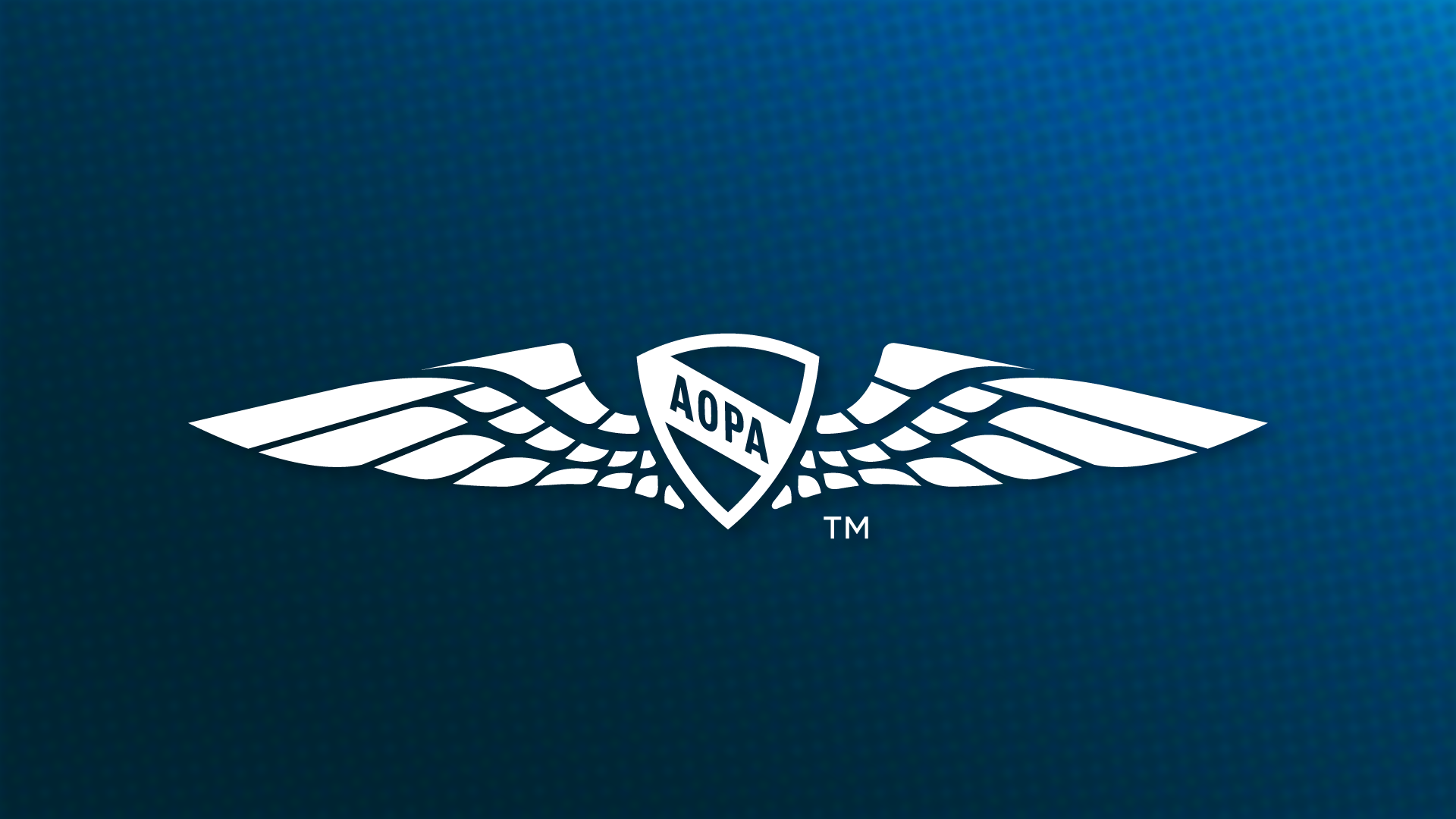Manifold pressure gauge
How much air?
Air, fuel, and heat are the essential ingredients in combustion. Increase the air going into the cylinder of a piston engine, and you can increase the power coming out.

When a piston sucks air in through the intake valve, the throttle regulates the amount of airflow passing through the intake manifold and into the cylinder. At wide-open throttle, the maximum amount of air is allowed into the cylinder and a fixed-pitch propeller will turn at its fastest. In an aircraft with a constant-speed propeller, however, a separate control sets the propeller rpm, while the throttle controls the power in each stroke.
That’s where it’s useful to have a view into how much fuel-air mixture is going to the cylinders. Manifold absolute pressure is measured in the intake manifold between the throttle body and the cylinders and displayed on a manifold pressure gauge in inches of mercury. When the airplane is parked with the engine off the gauge will read the same as the ambient air pressure; after startup, the pilot manages power referencing the manifold pressure gauge and propeller speed with the propeller control.
In normally aspirated airplanes, the amount of air the engine can use is limited by the decreasing air pressure at altitude; expect to lose about 1 inch of mercury per 1,000 feet for a given throttle setting. But in turbo- or supercharged or turbonormalized engines, the air going into the manifold is pressurized, allowing them to generate more power at higher altitudes. That’s why you’ll see the qualifier “altitude engines” on the manifold pressure gauge item in the mnemonic A TOMATO FLAMES.



